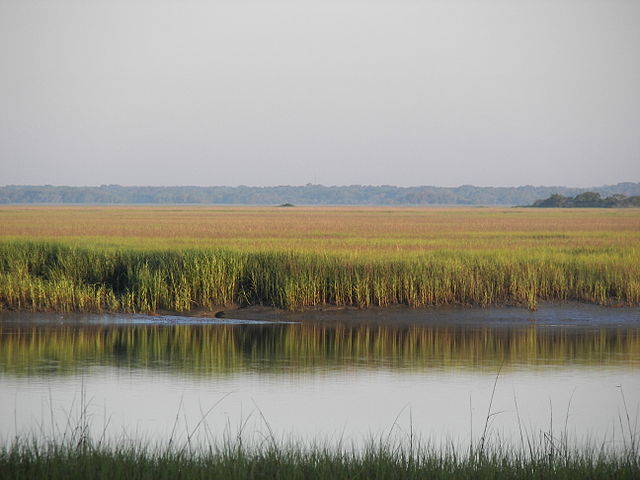The At James Island County Park Camping
notifications Text me when there's a cancellation at The Campground At James Island County Park







The Campground At James Island County Park
The Campground At James Island County Park
The Campground At James Island County Park
The Campground At James Island County Park
The Campground At James Island County Park
The Campground At James Island County Park
Edisto Island is one of South Carolina's Sea Islands, the larger part of which lies in Charleston County, with its southern tip in Colleton County. Edisto Beach is in Colleton County, and the Charleston County part of the island is unincorporated.
The island, the town, and the Edisto River are named after the historic Edistow people, a Native American sub-tribe of the Cusabo Indians, who inhabited the island as well as nearby mainland areas.
Read more about The At James Island County Park at Wikipedia
We can help! Many campsite reservations are cancelled daily. Just tell us when you’d like to camp at The At James Island County Park, and how long you want to camp for. We’ll text you when a suitable spot opens up!
Scan for cancellationsWhoops! Sometimes we make mistakes. Want to help improve the The Campground At James Island County Park listing? Please suggest a correction.
Open to camping at other nearby parks? Here are a few other parks you'll find in the vicinity.
We stayed the 2nd week of May and the park was one of the best, in my opinion. The paved biking paths were loops, so it was easy to find your way around. I loved the huge dog park. Kids will love the playgrounds, and waterparks (weren't open when we were there). The sites had full amenities, and were close but seemed private.... lots of trees. There is a shuttle to Charleston and Folley Beach. We just drove because it is so close. At that time of year, the weather was pleasant, but there were little biting flies that could get in to your camper through the screens. I would love to go back!
Tell us when, where, and how long you want to camp for. We’ll notify you (via SMS) when a suitable spot opens up at that campground—so you can nab that sold-out campsite reservation!